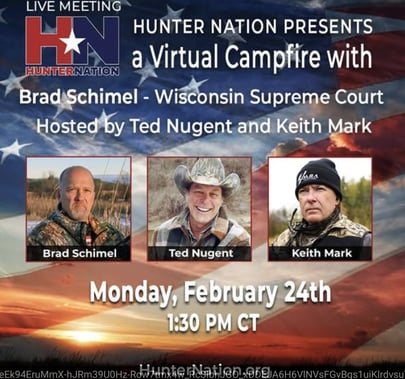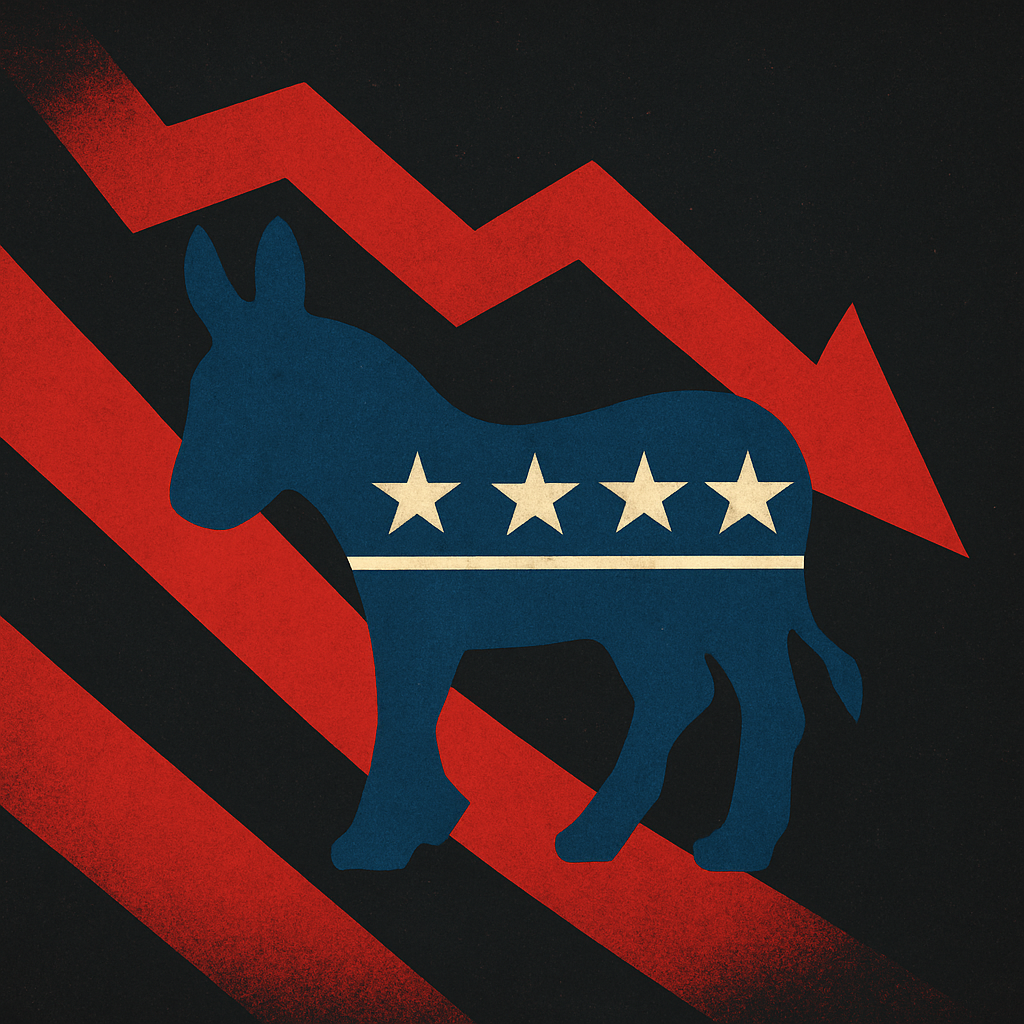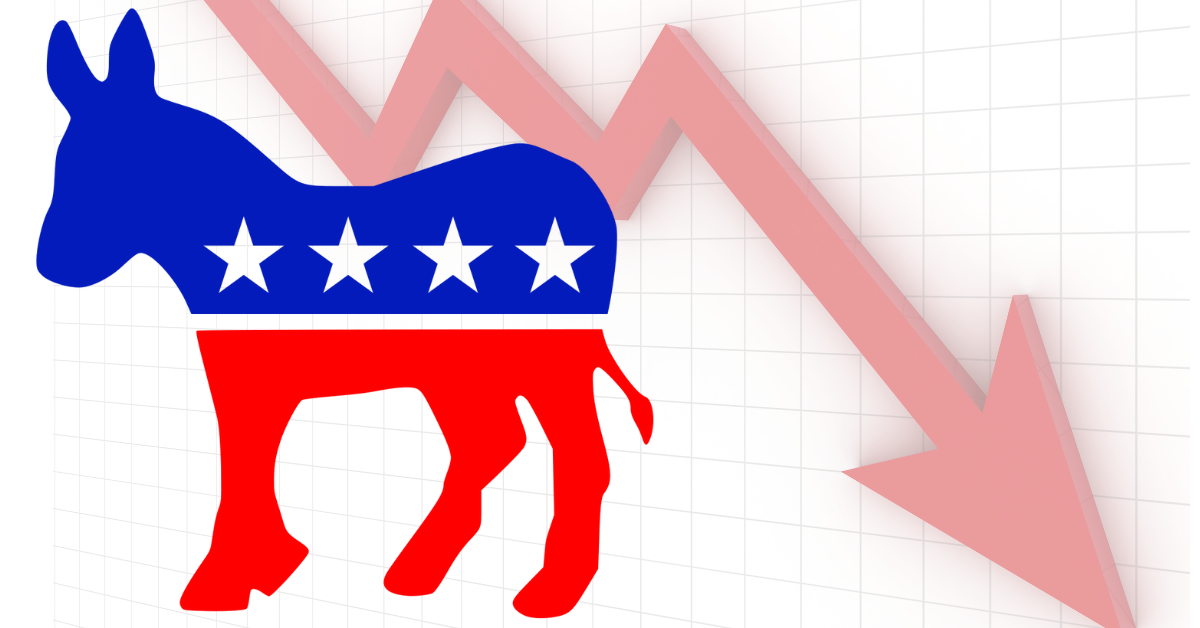Turning ghost voters into game changers—how precision targeting, grassroots outreach, and digital strategy are rewriting the political playbook.
What to Know:
- 6.3 million persuadable voters were reached through AI-driven voter modeling, focusing on disengaged, working-class voters via digital platforms like Roku and Max.
- Rural turnout in Pennsylvania increased by 3-5%, helping neutralize Democratic gains in urban centers, while similar increases in Wisconsin shifted key margins.
- Trump-aligned third-party groups and Hunter Nation’s Hunt the Vote targeted hunters, gun owners, and blue-collar workers, groups that typically have lower voter participation rates.
- 42% of swing-state voters consumed political content through YouTube and TikTok, highlighting the shift away from mainstream media as the primary source of political information.
- AI-driven voter segmentation identified ten key voter blocs who are 67% fiscally liberal but socially conservative, influencing tailored campaign messaging.
Campaigns pour millions into TV ads, but the 2024 election showed that money alone doesn’t win races—data does. Resonate’s case study proves that reaching disengaged voters through AI-driven precision targeting is outpacing the old-school, cash-heavy approach. Hunter Nation’s Hunt the Vote and Trump-aligned third-party groups used 6.3 million persuadable voters to their advantage, proving that campaigns that invest in smart, culturally relevant engagement strategies—not just spending—get results.
Low-Information Voters as the Key to Victory
Resonate’s research cuts through the noise and confirms what smart campaigns already know: the key to winning isn’t just turning out reliable voters—it’s waking up the ones who’ve tuned out. In battleground states, young, working-class, and non-traditional voters aren’t glued to CNN or reading The New York Times. They’re scrolling TikTok, watching YouTube, and streaming their entertainment on Roku and Max. Traditional campaigns miss them entirely.
Trump’s team didn’t. They leaned into AI-driven voter modeling, zeroing in on streaming persuadables—the millions consuming content outside the mainstream. Despite being outspent, they reached 6.3 million key voters and flipped digital engagement into electoral gains. It’s the kind of asymmetrical strategy that changes outcomes.
Hunter Nation’s Hunt the Vote initiative applied the same logic to a different audience—rural and working-class sportsmen who, historically, don’t show up at the polls. Instead of dumping money into generic ad buys, Hunt the Vote tapped into gun rights, hunting culture, and traditional values, speaking to these voters in a language they trust. And the numbers tell the story.
In Pennsylvania, Independents were 18 points more likely to back Harris when she focused on economic issues, but 7 points less likely when she aligned with Liz Cheney—a 25-point swing. In Michigan, it was 11 points up on economic messaging and 7 points down with Cheney, a net 18-point loss. These shifts didn’t happen in a vacuum. They prove that precision-targeted messaging—built around issues, not party lines—can move the needle in ways that traditional campaign spending never will.
Source: Resonate
The bottom line? Campaigns that ignore disengaged voters do so at their own risk. The ones that figure out how to reach them, where they already are, win. Hunter Nation and allied third-party groups have built their success on three key pillars:
|
How Hunter Nation and Trump-Aligned Groups Made It Work |
|
Precision Targeting of Working-Class and Rural Voters |
Unlike traditional campaigns that spend millions on generic ads, Hunt the Vote and Trump-aligned groups use voter modeling to identify the most persuadable segments. These include hunters, blue-collar workers, and small-town voters who feel alienated by mainstream politics. |
Cultural and Community-Based Outreach |
Rather than relying on mass media, these groups meet voters where they are—at hunting expos, gun shows, and local community events. This approach mirrors Resonate’s findings, which stress the importance of engaging low-information voters through trusted, relatable messengers rather than political operatives. |
Social Media and Alternative Media Utilization |
Trump’s campaign effectively leveraged streaming platforms to reach streaming persuadables, and Hunt the Vote has done the same through targeted social media campaigns. By focusing on non-traditional media channels, these groups reach audiences that would otherwise be disengaged from the political process. |


The 2024 election results confirmed what smart operatives have known for years: activating the right voters—not just spending more money—wins elections. Trump-aligned third-party groups, including Hunter Nation’s Hunt the Vote, made a strategic play for working-class and rural voters in swing states where low Republican turnout had been a persistent problem. And it worked.
In Pennsylvania, voter participation in rural counties climbed 3-5% over 2020 levels, enough to blunt Democratic gains in urban strongholds. Wisconsin saw similar results, with increased turnout in Republican-heavy areas helping to shift key margins.
Resonate’s research proves this wasn’t a fluke. AI-driven voter modeling put 6.3 million persuadable but previously untapped voters into Trump’s digital crosshairs, allowing his campaign to compete without matching Democrats dollar-for-dollar. Even among young and minority voters—a group Republicans have historically struggled to mobilize—targeted outreach made measurable gains.
Hunter Nation followed the same blueprint but tailored it to outdoorsmen, gun owners, and blue-collar workers who don’t typically see themselves reflected in national political messaging. Instead of generic ad campaigns, they built trust through local networks, in-person engagement, and direct appeals on Second Amendment rights and hunting culture. The shift showed up at the polls.
Numbers tell the story:
- In Pennsylvania, Harris saw an 18-point enthusiasm boost among Independents when talking about the economy—but a 7-point drop when tied to Liz Cheney, a 25-point swing that reinforced the power of issue-based persuasion (Progressive Change Institute poll).
- 54% of voters, including 60% of Independents, rejected Trump’s use of recess appointments, proving that strategic messaging moves key demographics (Data for Progress poll).
- 88% of Americans supported protections against illegal Medicare billing, demonstrating that cultural conservatives respond to economic populism when framed correctly (Data for Progress poll).
Source: Resonate
Ignore disengaged voters at your own peril. The campaigns that figured out how to reach them—on streaming platforms, in rural communities, and through trusted messengers—are the ones still standing.
The Role of AI in Modern Campaigns
One of the most significant applications of AI in the 2024 election was its role in digital voter outreach. Resonate’s integration with advanced digital platforms gave campaigns access to over 1,000 audience segments, allowing them to target voters based on political beliefs, interests, shopping behaviors, and even healthcare concerns.
This level of granularity enabled Republican-aligned groups to focus on 6.3 million persuadable voters who primarily consumed content through streaming platforms like Roku and Max. Instead of relying on broad television ads, campaigns deployed hyper-targeted digital messaging, increasing efficiency while lowering costs.
AI also played a crucial role in reshaping how political campaigns addressed key issues. By analyzing real-time voter sentiment, campaigns could adjust their messaging dynamically. For example, in key battleground states, AI identified that 18% of disengaged voters prioritized economic concerns over social issues, leading to a shift in outreach strategies.
In states like Pennsylvania and Wisconsin, where turnout has historically been inconsistent, these AI-driven insights allowed conservative groups to engage previously inactive voters, tipping the scales in crucial counties.
Case Study: Resonate’s Voter Landscape Report
In preparation for the 2024 election, Resonate released its Voter Landscape Report, breaking the electorate into ten distinct voter segments based on their values, behaviors, and political priorities. This segmentation went beyond simple party affiliation, helping campaigns understand voter motivations on a deeper level.
One key voter bloc identified in the report was the group that is socially conservative, fiscally liberal, and highly religious. Traditional outreach efforts often failed to connect with this segment because standard Republican messaging leaned too heavily on tax cuts rather than the economic security they prioritized. AI-powered insights revealed that 67% of this group viewed government intervention in economic stability as necessary, a critical finding that reshaped messaging strategies.
Resonate’s research also highlighted how campaigns could maximize engagement by focusing on non-traditional media platforms, such as podcasts and streaming services. 42% of swing-state voters reported consuming political content through YouTube and TikTok rather than traditional news sources. Campaigns that recognized this shift and adjusted their digital outreach accordingly saw higher engagement rates, especially among young and working-class voters.
Wrap Up
The 2024 election wasn’t won by the campaign that spent the most—it was won by the one that understood voters better. Hunter Nation, Trump’s digital team, and third-party groups didn’t just talk louder—they spoke smarter. AI-powered voter modeling, trusted messengers, and data-driven targeting turned disengaged voters into decisive ones. As 2028 approaches, campaigns that fail to adapt will keep wasting money on voters who have already made up their minds—while the winning teams will be out there finding the next 6.3 million voters who can change the game.
---





